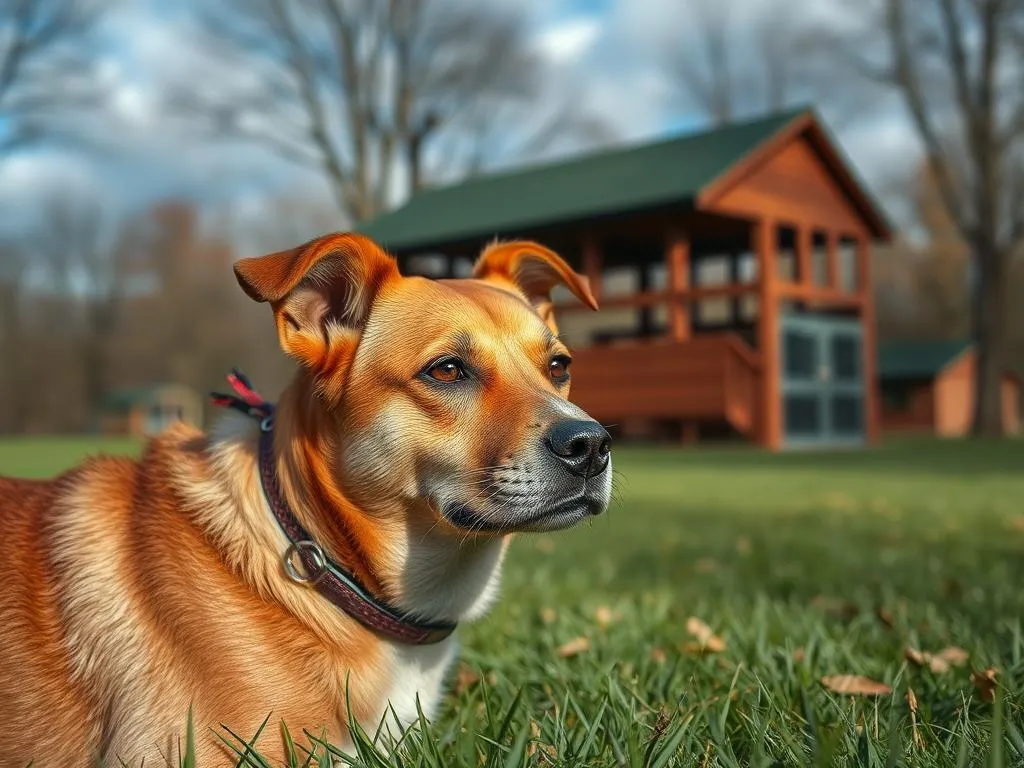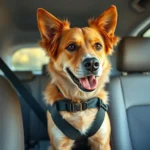
Dog parks have gained immense popularity among pet owners as a great place for their furry friends to socialize, exercise, and have fun. With the increasing number of dog parks sprouting in cities and neighborhoods, many dog owners find themselves pondering the question: should I take my dog to the dog park? The answer is multifaceted and depends on various factors, including your dog’s personality, health, and the park’s environment. In this article, we’ll explore the benefits of dog parks, considerations to keep in mind, preparation tips, and what to expect during your visit.
Benefits of Taking Your Dog to the Dog Park
Socialization Opportunities
Socialization is a crucial aspect of a dog’s development. Taking your dog to the dog park allows them to interact with other dogs and people in a controlled environment. This interaction can build your dog’s confidence and improve their social skills. Positive experiences with other dogs can help reduce anxiety and aggression, making your dog more well-adjusted and friendly.
Physical Exercise
Regular exercise is vital for a dog’s health, and dog parks provide ample space for running, playing, and exploring. Many dogs have high energy levels, and a trip to the dog park can serve as an excellent outlet for that energy. The ability to run freely and engage in play with other dogs helps maintain a healthy weight and prevents obesity-related health issues.
Mental Stimulation
Dogs thrive on mental stimulation, and dog parks offer a wide range of stimuli. New smells, sights, and sounds can keep your dog mentally engaged and reduce boredom. Interacting with different dogs can also challenge their problem-solving skills and encourage them to adapt to new situations. This mental exercise is just as important as physical activity for your dog’s overall well-being.
Considerations Before Going to the Dog Park
Dog’s Personality and Behavior
Before deciding to visit a dog park, it’s essential to evaluate your dog’s personality and behavior. Some dogs are naturally friendly and outgoing, while others may be more reserved or aggressive. Signs that your dog may not be suited for a dog park include excessive barking, fear of other dogs, or a tendency to growl or snap. If your dog shows any of these behaviors, it may be wise to reconsider your visit or seek alternative socialization methods.
Health and Safety
Health is a top priority when considering a visit to the dog park. Ensure that your dog is up to date on vaccinations, including rabies and Bordetella, to protect them from potential diseases. It’s also essential to monitor your dog for any signs of illness or injury before and after your visit. Additionally, keep an eye out for aggressive behavior from other dogs, as the park environment can sometimes be unpredictable.
Park Environment
Not all dog parks are created equal. Before heading out, take the time to assess the park’s layout, cleanliness, and facilities. Look for parks that provide separate areas for large and small dogs to ensure safety. Familiarize yourself with the park’s rules and regulations to ensure a pleasant experience for everyone.
How to Prepare for a Trip to the Dog Park
Essential Supplies
To make the most of your dog park visit, it’s essential to come prepared. Here’s a checklist of items to bring:
- Leash: A sturdy, non-retractable leash is crucial for controlling your dog.
- Water: Bring a portable water bowl or bottle to keep your dog hydrated.
- Poop bags: Always clean up after your dog to maintain a clean environment.
- Toys: A few toys can enhance playtime and keep your dog engaged.
- First aid kit: A basic first aid kit can be handy in case of minor injuries.
Training Your Dog
Before visiting the dog park, it’s beneficial to ensure your dog has mastered basic commands such as “sit,” “stay,” and “come.” These commands can be invaluable for managing your dog’s behavior in a park setting. Training your dog in advance will help you maintain control and ensure a safe experience for all dogs and owners.
Timing Your Visit
Choosing the right time to visit the dog park can significantly impact your experience. Early mornings or late afternoons are often less crowded, allowing for more space and less chaos. Additionally, consider the weather; extreme heat or cold can affect your dog’s comfort and enjoyment.
What to Expect at the Dog Park
Interaction with Other Dogs
When you arrive at the dog park, observe how your dog interacts with other dogs. Monitor their play behavior closely, ensuring that they are engaging in positive interactions. Understanding dog body language is crucial; signs of playfulness include wagging tails and play bows, while signs of discomfort or aggression may include growling, stiff bodies, or raised hackles. Be prepared to intervene if necessary to prevent any conflicts.
Interacting with Other Dog Owners
Engaging with other dog owners can enhance your dog park experience. It’s important to communicate about your dog’s behavior, especially if they have specific needs or quirks. Sharing information with fellow owners can help foster a friendly community and ensure everyone’s safety.
Handling Conflicts
Despite best efforts, conflicts can arise in dog parks. If you notice an aggressive or overly excited dog, it’s essential to remain calm. If your dog is involved in a conflict, intervene gently to separate the dogs if necessary. Understanding when to step in and when to let dogs sort out their interactions can help maintain a peaceful environment.
Alternatives to Dog Parks
Private Dog Playdates
If you’re unsure about taking your dog to the dog park, consider organizing private playdates with friends or neighbors who have dogs. This option allows for controlled interactions in a familiar environment, which can be less stressful for both you and your dog.
Doggie Daycare
Doggie daycare services provide a supervised environment where dogs can play and socialize with other dogs. This option is ideal for busy pet owners who want their dogs to have regular socialization and exercise without the potential risks associated with public parks.
Home Activities
For days when the weather is unfavorable or your dog is not suited for a park environment, there are plenty of fun activities you can do at home. Consider engaging in games like fetch, hide-and-seek, or even setting up an obstacle course. Training sessions can also provide mental stimulation and strengthen your bond with your dog.
Conclusion
Deciding whether to take your dog to the dog park involves careful consideration of your dog’s personality, health, and the park environment. While there are numerous benefits to visiting dog parks, including socialization, exercise, and mental stimulation, it’s essential to ensure that both you and your dog are prepared for the experience. By understanding the risks, preparing adequately, and knowing what to expect, you can make informed decisions that contribute to your dog’s happiness and well-being.
FAQs about Dog Parks
How do I find a good dog park?
Research local dog parks online or through community forums. Look for reviews and recommendations from other dog owners to find a park that suits your needs.
Are all dog parks safe?
Not all dog parks maintain the same level of safety. Always visit the park beforehand to assess its cleanliness, layout, and the behavior of other dogs present.
What should I do if my dog gets into a fight at the park?
Remain calm and assess the situation. If safe, intervene gently to separate the dogs. After the incident, check your dog for any injuries and consider leaving the park.
Can small dogs go to the same park as large dogs?
Many parks have designated areas for small and large dogs to ensure safety. However, it’s essential to monitor interactions closely to avoid any potential conflicts.
By understanding the benefits and challenges of taking your dog to the dog park, you can make a well-informed decision that prioritizes your dog’s happiness and safety.









